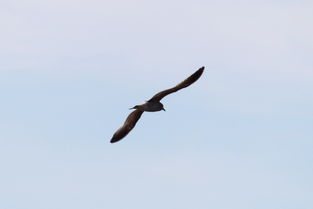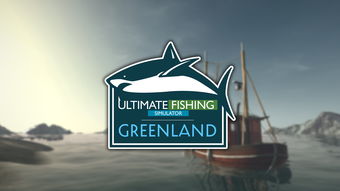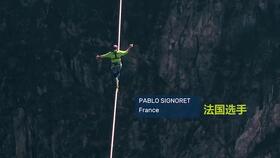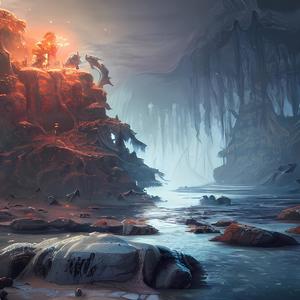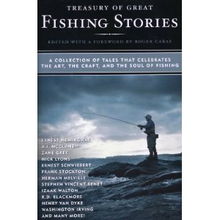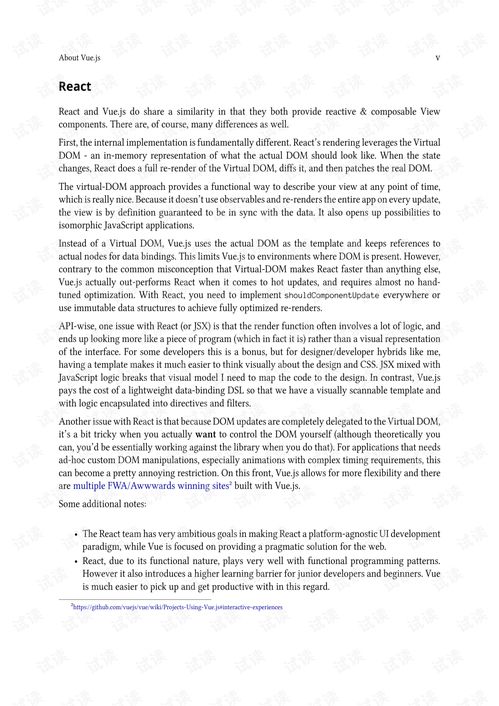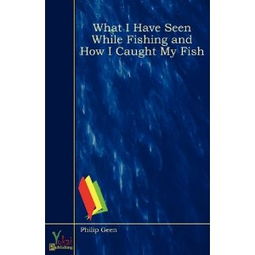Content:
As the snowflakes start to fall and the temperatures dip, many anglers may find themselves contemplating the idea of giving up fishing during the winter months. However, for those who dare to venture out into the cold, winter black hole fishing can be an incredibly rewarding experience. The serene, ice-covered waters often yield some of the most memorable catches of the year. Here are some essential techniques to help you master winter black hole fishing.
Choose the Right Spot
Winter black hole fishing requires a strategic approach to finding the perfect spot. Look for areas with a strong current, as these tend to attract fish seeking warmer water. Additionally, consider spots with submerged rocks, logs, or other structures that can provide shelter for fish during the cold months. Pay attention to the natural contours of the waterbody, as fish often congregate in areas where the depth changes gradually.
Equipment Selection
Selecting the right equipment is crucial for a successful winter black hole fishing trip. Here are some essential items to consider:
- A durable, heavy-duty rod and reel combination that can handle the increased pressure from winter fish.
- A sturdy line with a high breaking strength to account for the possibility of larger fish.
- Ice fishing tackle, such as jigging rods and reels, as these are specifically designed for winter conditions.
- A tip-up or a bobber, which can be used to detect subtle movements in the water.
Ice Conditions
Before you venture out onto the ice, ensure that it is safe and thick enough to support your weight. A general rule of thumb is that the ice should be at least four inches thick for walking and six inches thick for driving a vehicle. Always carry an ice chisel or an ice auger to test the ice thickness at different spots.

Fish Behavior
Understanding the behavior of fish during the winter months is key to successful winter black hole fishing. Here are some points to consider:
- Fish become more lethargic in cold water, so their feeding patterns are slower and less aggressive.
- Look for fish that are in a feeding mood, as they are more likely to bite.
- Fish often seek out warm water, so concentrate your efforts around areas where water can be warmed by sunlight or geothermal sources.
Presenting Your Bait
In winter, fish are less likely to chase down prey, so it's important to present your bait in a way that minimizes movement. Here are some tips:
- Use lighter tackle and smaller baits to reduce the amount of energy required to catch a fish.
- Employ a slow, steady retrieve or let your bait drift naturally with the current.
- Use a slow-motion jigging motion to attract the attention of fish without overwhelming them.
Patience and Adaptation
Winter black hole fishing requires patience and adaptability. Conditions can change rapidly, and it's important to be prepared to adjust your approach accordingly. Here are some tips:
- Dress in layers to stay warm and be prepared to remove clothing if you become too hot.
- Bring a portable heater or a heated seat to keep you comfortable during longer sessions.
- Keep an eye on the weather forecast and be prepared to move to a different spot if conditions change.
Safety First
Always prioritize safety when fishing on the ice. Here are some important safety tips:
- Always fish with a partner and inform someone of your intended route and return time.
- Carry a portable ice auger, ice chisel, and a first aid kit in case of emergencies.
- Stay on established ice fishing trails and avoid areas with visible cracks or thin ice.
In conclusion, winter black hole fishing can be a challenging but incredibly rewarding endeavor. By understanding the unique conditions and applying the right techniques, you can increase your chances of success and enjoy the tranquility of the ice-covered waters. So, bundle up, prepare your gear, and get ready to embrace the winter fishing experience.
